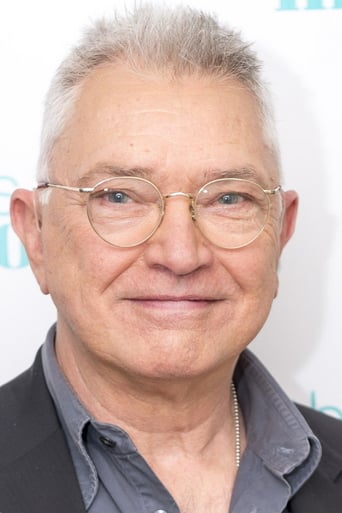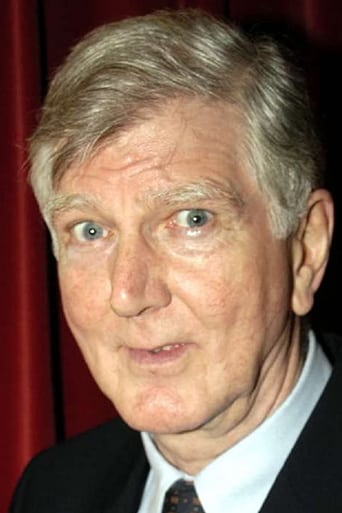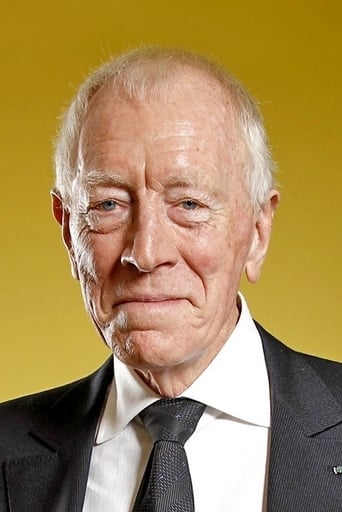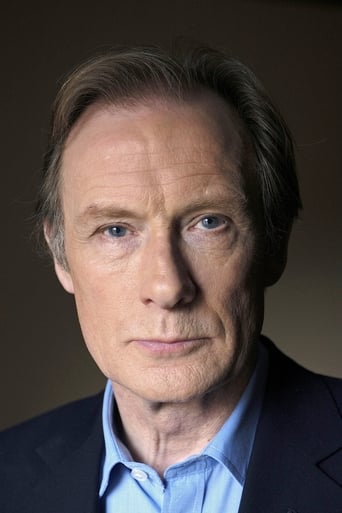Stellead
Don't listen to the Hype. It's awful
AnhartLinkin
This story has more twists and turns than a second-rate soap opera.
Hayden Kane
There is, somehow, an interesting story here, as well as some good acting. There are also some good scenes
Maleeha Vincent
It's funny, it's tense, it features two great performances from two actors and the director expertly creates a web of odd tension where you actually don't know what is happening for the majority of the run time.
berberian00-276-69085
This Movie has not been available in DVD format, at least I watched it from TV download with the whole seven episodes /6h 36min/. Another Movie, "Shackleton" (2002), which comes as continuation to South Pole Race was also released as TV Mini-Series but not circulating as DVD. Both Films are rare cinematographic achievement, shot in Greenland and the vicinity. No special effects are employed and Polar Nature is shot the way it is - unspoiled but alien and menacing. Temperatures are 50 degree below zero, with blizzards, ice breaking, starvation, disorientation, freezing and death. Compromise is impossible between Polar Glaciers and Man. It's battle for survival at the utmost, watch it.I read the reviews and I am impressed. The IMDb doesn't give more titles dealing with Polar Exploration and whether there are many documentaries built on the same subject is out of scope for this review. Baseline story follows the narrative from Roland Huntford's book "Last Place On Earth" published 1979, with several revised and updated editions. Shackleton's heroism from the second movie is also beyond doubt. It is not clear whether scenario has used another Roland Huntford story. One thing is clear that for 1914-1916 expedition Ernest Shackleton approached the Antarctica continent via Tiera del Fuego of Latin America and then into the Weddell Sea. Scott and Amundsen, on the other hand, made their access from New Zealand, Australia and Tasmania - proceeding way into Ross Sea and then camping in their bases some hundred miles apart, McMurdo Sound and Whales Bay. Details on the whole race with Scott-Amundsen comparison is available in Wikipedia.Now let's try to make the long story short. Nobody is guilty that Robert Scott and his party of five perished. Scott knew that Amundsen was brewing something in Madeira. He had talked to Nansen, who told him that Amundsen had borrowed his ship "Fram" and intended to attack the Poles. When Scott learned that a rival expedition had come along he lost his nerves. Following events could be traced step-by-step and still the winner is unequivocal. Strongman Amundsen won the race by four weeks. His outward track was safe and he made it to Tasmania. Scott conquered the South Pole but couldn't make it homeward. He and his crew died ice-locked in a tent eleven miles from the nearest depot.Amundsen was the best explorer from late Age of Discoveries. He represents the ideal Nordic type - a real Viking of Modern Times. Some thought Amundsen was crazy enough to do all these exploits. Look at his biography in the forthcoming 20 years. He first went through the NW passage (1903-1906). He made west-east transit of NE passage with new ship "Maud" where he adopted two Chukchi girls then dismissed them (1918-1920). He reached the North Pole again with airship "Norge", a dirigible constructed by Italian Umberto Nobile (1926). Last, two years later, at age 56 he dashed forward to save his friend Nobile who crashed over the pole with "Norge". Mussolini didn't wanted him to make the rescue flight but Amundsen took a French seaplane for private mission and perished in sky. Nobile and the castaways were saved by Russian ice-breaker "Krasin". Well, that's it ...
Jake Tidmore
Let me start out by agreeing with everyone who has previously written: it is the best drama about polar adventure ever made. The viewer should be very skeptical about the Scott defenders because it is evident their homework is shallowly researched and based on a very limited interpretation of Scott's polar problem: that bad luck and bad weather caused his downfall. I've read Huntford's book 3 times, read the weather article and seen the PBS episode where the young scientist tried to resurrect Scott as a noble, if unfortunate hero. Also, Huntford and his fellow professionals have posted excellent rebuttals regarding these spurious claims about Scott and the weather. The questions that should put an end to the argument is this: who would get you through safely and who exhibited a breadth of polar knowledge sufficient to AVOID the problems of travel in the brutal Antarctic? If you said Scott, then you probably thought the Charge of the Light Brigade was a wonderful jaunt through Russian cannon fire just to show how noble and brave you were. Above all else, don't let these half-informed reviewers go without a serious look into the counter-points made to their weak arguments. Still, the series is a breath-taking look at the human struggle to survive and to seek glory and the dreadful price it takes in lives and in the judgment of history.
JANA-7
Roland Huntford's meticulous and exhaustive research of Scott and Amudsen's Antarctic exploration efforts for winning the South Pole help make the making of this film a Directors dream and challenge. Outstanding cinematography and period costume design push this great story to the highest level of viewing. The film should be mandatory viewing for all highschoolers. The historical and geographical values will enhance ones knowledge of this very special period of Antarctic exploration in the early 1900s. The British and Norwegian actors perform their skills with convincing emotion. The film, based on Huntford's documentary brilliance, gives us all time to ponder what really happened in claiming the South Pole and lays to rest a good deal of sentimental nonsense,which some of us were subjected to during our high school days.
Gilly-13
Roland Huntford's definitive saga of polar exploration, "Scott and Amundsen", is brought very faithfully to film in this 7-episode BBC series. Huntford was the former Scandinavian correspondent for London's "Observer", and his book was the first to debunk Scott's supposed heroic martyrdom.Beautiful cinematography and several very solid performances by Sverre Anker Ousdal as the introspective and driven Amundsen; Martin Shaw nails the effete martinet, Scott; Michael Maloney is great as Scott's betrayed 2nd Officer, Teddy Evans; Toralv Maurstad as the outspoken Norwegian polar veteran, Hjalmer Johanssen; and, Richard Morant as, W.E.G. Oates, the army officer in a Navy environment and apparently the only man in Scott's party capable of independent thought.




